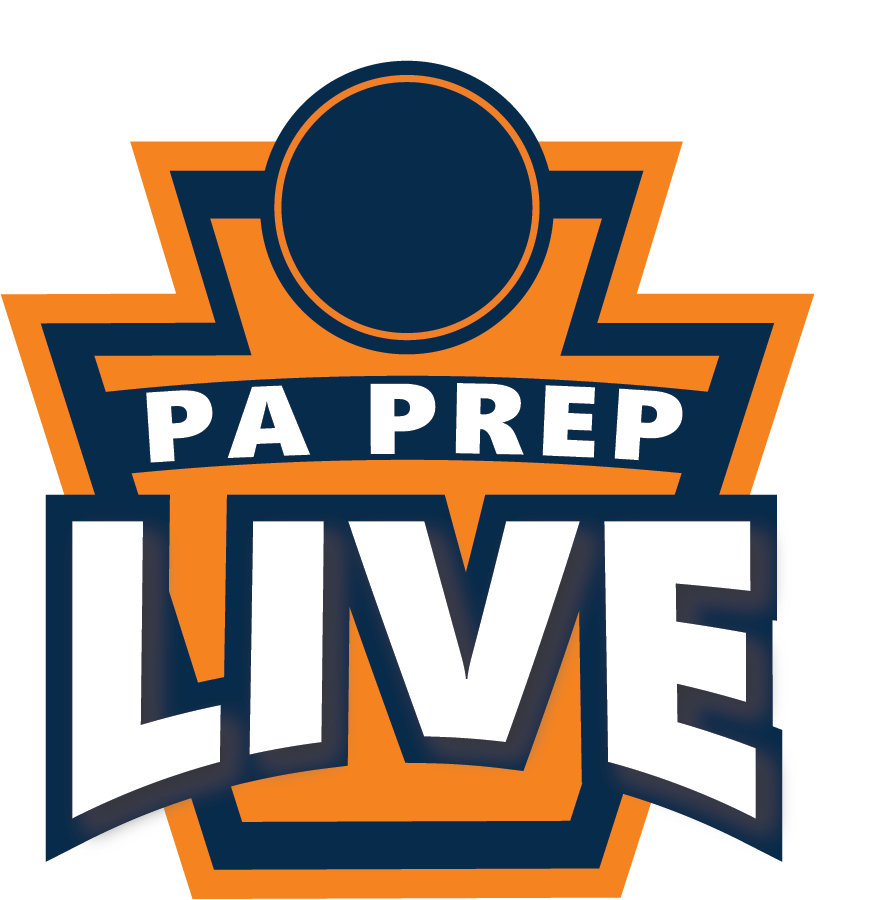
Pioneer Athletic Conference winter plan targets January openers, league play only
Guidelines were enacted, practices implemented, safety measures enforced,
The result was a relatively problem-free — albeit reduced and abbreviated — fall sports season for the Pioneer Athletic Conference schools. As the fall season winds toward a conclusion in the next couple weeks, the league is already looking toward the winter season and the challenges of conducting sports predominantly played indoors.
In a recent interface between the PAC’s various athletic directors, a plan was formulated for the conduct of winter sports.
“The work in the fall was to give athletes the opportunity to compete,” Steve Anspach, Pottsgrove’s Director of Athletics and head of the PAC’s AD group, said. “We’re looking to continue that format in the winter.”
The PIAA is following the “Return to Competition” guidelines established by the National Federation of State High School Associations (NFHS). The NFHS classifies wrestling and competitive cheer as being “higher risk” sports (ones that involve close, sustained contact between participants, lack of significant protective barriers and high probability that respiratory particles will be transmitted between participants). Boys and girls basketball are listed as “moderate risk” (involving close, sustained contact, but with protective equipment in place that may reduce the likelihood of respiratory particle transmission between participants), and swimming and diving as “lower risk” (sports that can be done with physical distancing or individually with no sharing of equipment or the ability to clean the equipment between uses by competitors).
Season practices for PAC schools will begin after Nov. 30, with basketball games, wrestling matches and swim meets starting after Jan. 4. The PAC’s starting date for practices is later than the Nov. 20 target established by the Pennsylvania Interscholastic Athletic Association (PIAA).
Teams will be required to stay within the league for scheduling purposes. Anspach estimated teams could schedule up to three basketball games a week, two wrestling matches a week and one swim meet per week.
“Schedules should be finalized next week,” Anspach said, “then go to the principals for approval. Once league scheduling is complete, teams have the option to schedule outside the league up to the start of district playoffs.”
For wrestling, which will not be scheduling invitational tournaments during the regular season, the option to schedule “duals” competitions after league play is completed will be an option.
“We’re doing this in the best interest of the programs,” Anspach said. “We liked what the league did in the fall, and we’re looking to keep the same format.
“What we’ve heard from the PIAA is it’s moving on as scheduled. We’re looking to the past experience from fall sports and using that information.”
The policy for spectator attendance was also spelled out in a press release prepared by the PAC.
“Spectator guidelines that were approved for fall sports will be implemented again this winter, allowing individual schools to decide how many fans are permitted at contests,” the statement read.

